Four things about a rare lunar eclipse that adorned the sky on January 31st
Good Day Steemian All, hopefully in atmosphere healthy always in carrying out daily activities. Yes this time I will post about natural phenomena lunar eclipse that will occur nantik night or rather on January 31, 2018 night.
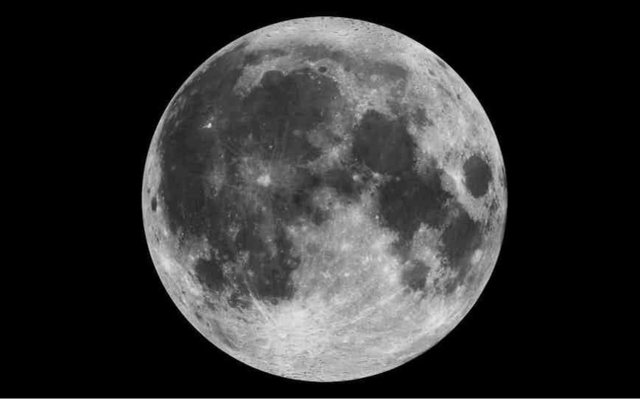 Provided that it is not blocked by clouds, the sky's view will be spectacular.
Provided that it is not blocked by clouds, the sky's view will be spectacular.
Image Source
In Indonesia can enjoy four natural phenomena at once: full moon, total lunar eclipse, blue moon and supermoon.
Here are four things to know about the rare phenomenon:
1. The cause of the Moon is full
Like Earth, half of the Moon's surface is illuminated by the Sun at a time. Since the Moon orbits the Earth, we can not always see all the sunlit sides.
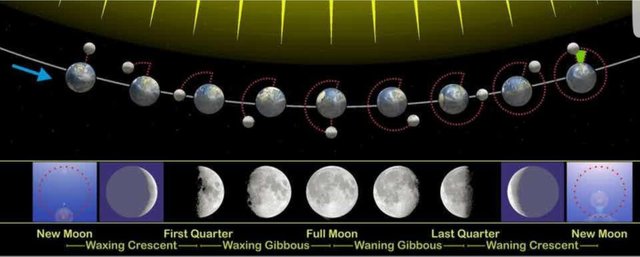 The moon phase visible from Earth relates to its revolution around our planet.
The moon phase visible from Earth relates to its revolution around our planet.
Image Source
When all the lunar sides of the Moon can be seen, that is the full moon, which occurs every 29.5 days when the Moon is directly opposite the Sun relative to Earth. January 31 will be the next full moon in the Moon cycle.
2. Definition of lunar eclipse
The orbit of the Moon is tilted about 5 degrees relative to the Earth's orbit. Thus, the Moon is often slightly above or below the Earth's orbit path to the Sun. But twice in one cycle, the Moon crosses our orbit.
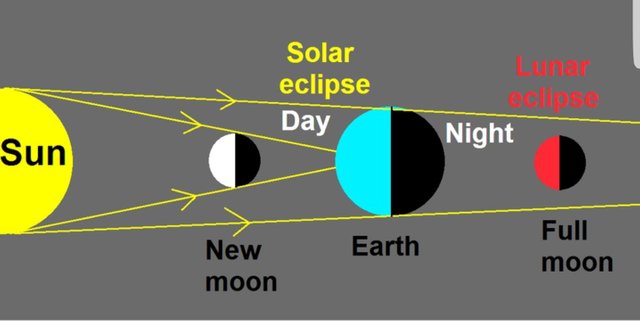 *
*
A lunar eclipse occurs when the moon is fully in the shadow of the Earth.*
Image Source
When the crossing is in line with the full moon, then the moon will go into the shadow of the Earth, producing a total lunar eclipse. Because the Moon needs to be behind the Earth, relative to the Sun, a lunar eclipse can only happen during a full moon.
To watch the eclipse, we need to be on the Earth part of the night; This eclipse will mainly be seen in Asia, Australia, North America and the Pacific.
In North America, the next lunar eclipse will be visible on January 21, 2019.
3. Blue moon that looks red
When the eclipse occurs, the Moon appears darkened as it moves into the shadow of the Earth called umbra. When the moon is in the shadow, it does not completely darken; instead it looks red due to a process called Rayleigh scattering.
The gas molecules in the Earth's atmosphere propagate the blue light waves from the Sun, while the more red light waves pass right through them.
This is why we have a blue sky and a red sunrise and sunset. When the Sun is high in the sky, red light passes directly to the ground, while the blue light is propagated in different directions, making it more likely to be caught in the eye when we look around.
As the sun sets, the angle of the Sun is lower in the sky and red light passes directly into our eyes, while the blue light is scattered away from the line of sight.
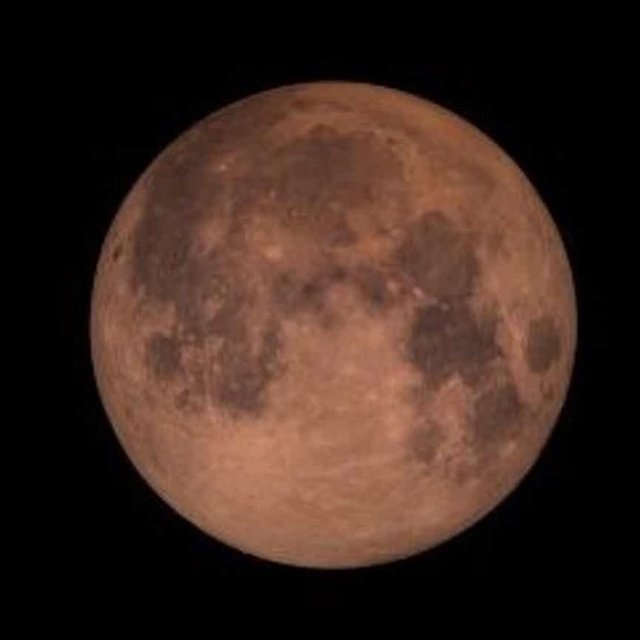 The super-blooded moon that is being watched red by a scattered light.
The super-blooded moon that is being watched red by a scattered light.
Image Source
In the case of a lunar eclipse, the sun's light that surrounds the Earth passes through our atmosphere and is biased to the Moon. The blue light is filtered out, so the Moon looks red during the eclipse.
Above all, the full moon on January 31 is also considered a blue moon. Is that?
There are two definitions of the blue moon. The first is when there is a second full moon in a month. Since there are 29.5 days between two full moons, we usually only see a full moon per month.
But one month usually lasts longer than 29.5 days, so sometimes two full moons occur in a month. We've had a full moon on January 1st, and the second will happen on January 31st, making it a blue moon.
By this definition, the next blue moon occurs in March, while February is no full moon.
The definition of the second blue moon is the third month in a season where there are four months, which occurs every 2.7 years. We'll only have three this winter, so the full moon of January 31 is not the blue moon by this definition. Star lovers will have to wait until May 18, 2019 for this older original blue moon definition.
4. Supermoon is super big
What makes it extra special, this lunar eclipse will also become a supermoon.
The moon's orbit is not perfectly round, which means its distance from Earth is different as it undergoes a cycle. The nearest point in its orbit is called the apsis. The full moon that occurs near the apse is called a supermoon by some people.
It happened on our full moon earlier this month on January 1st, and will happen again on January 31st.
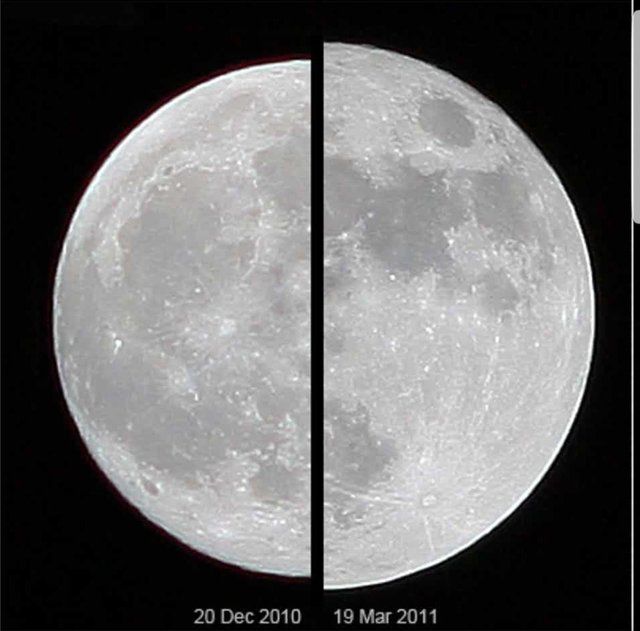 'Average' moon sightings vs supermoon.
'Average' moon sightings vs supermoon.
Image Source
As the distance approached, the Moon seemed a little bigger and brighter. Generally, the usual full-moon difference with a supermoon is hard to recognize unless we see two images side by side.
There is an old tradition of giving months of different names. For a blue moon that looks reddish, bigger and brighter-like this January 31-maybe we should call it a super purple moon when she's performing again.
The moon itself will not look really purple (or wear a robe like Superman), but January 31st is a great time to gaze up and enjoy the night sky.
I am very grateful to the friends of Steemit Indonesia Community, also @levycore and @aiqabrago as Leadership Steemit Community of Indonesia, as well as curator of Indonesia who always always pay attention also contribute fully to all user steemit platform and all community in indonesia.
Hopefully this paper provides benefits and positive information to all steemian friends. We apologize for any errors in writing or exposure I have made.
Upvote n follow me
@ black-isr38



Following you! + upvote :)